BLOG
CENTRINNO Focus Group: Final Workshop on Fab City Hubs
More information on the Focus Group series can be found also on deliverable 6.5 in the resource page.
- The concept of Fab City Hubs
Fab City Hubs (FCHs) take the concept of Fab Lab outside the bounded space of laboratories to engage with the physical and human heritage of local context, aiming to transform neighbourhoods into new productive hubs. They represent a hybrid concept of space that plays a strategic role for activating local communities and connecting them with urban regeneration processes. In this sense FCHs are an interface between physical urban spaces and the local communities aiming to bring back sustainable production into the urban landscape, activating networks of innovation and initiating learning pathways across its actors.
For CENTRINNO, FCHs have been the focal point to engage local communities and stakeholders in the transition from industrial heritage towards circular production hubs, thereby facilitating repurposed functions for buildings and neighbourhoods, and fuelling a continuous exchange of knowledge and skills in the field of craftmanship.
- Setting up Fab City Hubs: the FCHs Toolkit
CENTRINNO had the objective of facilitating and guiding the setup of Fab City Hubs (FCHs) in nine European cities. To support the process of modelling FCHs, the project started with laying down ten guiding paths and collecting a set of practical questions to operationalise the process into steps and milestones. As the process unravelled, the theoretical principles for setting up FCHs have been complemented and enriched by practical experiences coming from the implementation of each step.
All this knowledge has been distilled into the Fab City Hub Toolkit, which is best described as a manual for setting up Fab City Hubs and adapt them to each local context. This document has the twofold objective of: a) being a strategic roadmap to support CENTRINNO pilots in setting up their model of FCH; b) becoming a hands-on manual for the replication of FCHs in Europe and beyond based on the CENTRINNO legacy of local experiences.
The FCH Toolkit is now a curated manual that shall help communities and stakeholders in the setup of local hubs. The document starts with the principles and FAQs that guide the model definition. It continues with a roadmap of concrete steps to be followed to set up local hubs. Then, a broad collection of hands-on tools and methods is provided to facilitate the setup journey. Finally, an archive of stories from the ground is provided to inspire the creation of new FCHs.
- The translation of FCHs concept into the urban landscape: what spatial strategy?
Securing a place for craftsmen, makers and creatives in the urban fabric has been one of the challenges CENTRINNO has tackled throughout the implementation in pilot cities. Given that one-size-fits-all approaches do not apply, the identification and definition of a spatial strategy based on each local context is a pivotal step to address the crucial issue of access to affordable spaces. there are no one size fits all solutions. In this process, Fab City Hubs shall be intended as multi-layered spaces that include both physical but also digital infrastructure, each unique combination leveraging on local opportunities available. Some of the key elements to consider when defining a spatial strategy for FCHs are the following: local context, stakeholders, communities, ecosystems, size and spatial features of the city, access to physical infrastructure, governance arrangements… Based on the local context and resources available, FCHs can be set up as:
- Centralized spaces: the FCH is pivoted around one main building (or site) that hosts the community of the vast majority of its activities – and/or
- Distributed spaces: the FCH develops across different physical spaces, each having s specific role related to activities carried out (training, production, engagement, dissemination etc…) – and/or
- Digital spaces: the FCH is mainly supported by a digital platform that reunites the community and where initiatives are promoted and co-organised in different locations by individual members of the network.
- The CENTRINNO experience of Fab City Hubs in the nine pilot cities
This section carries you through a virtual journey around the nine pilot experiences of Fab City Hubs (FCHs). For each pilot city we narrate the vision behind the FCHs, the way though which community engagement was achieved, and the spatial strategy chosen to best suit the local context and resources available.
Barcelona

Vision: Establish a dynamic and inclusive ecosystem of productive spaces in Barcelona to explore the conversion of traditional craftmanship into digital fabrication and promote the network as a catalyst for community empowerment and sustainable innovation.
Community Engagement: The engagement of the local community is fostered through Vocational Training, Emotion Networking Sessions, Practical workshops for craftmanship and fabrication techniques, roundtables with experts and stakeholders, guided tours and a participatory exhibition.
Spatial Strategy: Hybrid – The space of Fab Lab Barcelona at IAAC acts as cultural catalyser to sustain a strong network of interconnected spaces (distributed model) sharing knowledge, skills and social values.
Read more here:
- https://centrinno.eu/cities/barcelona/
- https://centrinno.eu/blog/visit-poblenou-fabrica-exhibition/
- https://centrinno.eu/blog/chimneys-iconicity/
- https://centrinno.eu/blog/mapping-wood-poblenou-buildings/
- https://centrinno.eu/blog/fchv-barcelona-pilot/
- https://centrinno.eu/blog/heritage-people-poblenou/
Milan
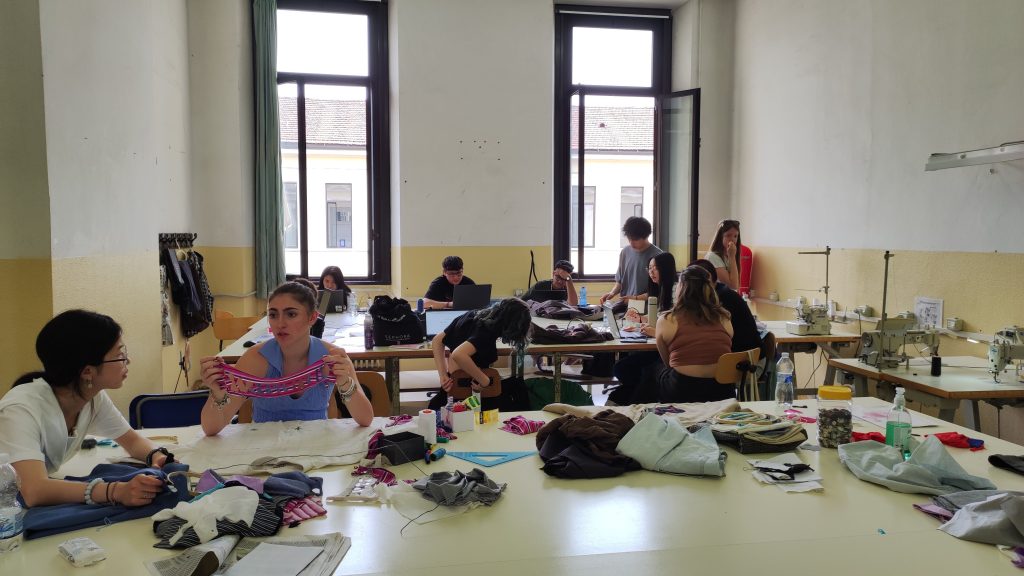
Vision: Forge the Fab City Hub as an entry space to bring back (circular) production into the city fabric and introduce the principles of circular production and consumption into the 15-minute city concept.
Community Engagement: Co-creation approach by the Municipality fostered by open calls for networking, co-design, and shaping the FCH identity among the existent actors in the field of circular production and consumption. The engagement of local actors through open calls contributed co-build the vision and the work streams of the FCH, and consolidate the community through events and trainings.
Spatial Strategy: Hybrid – The spatial strategy is based on a distributed model where makers share talent, knowledge and practices. Their activities converge in a focal point of reference (BASE Cultural Hub) which acts as a catalyst space for events, trainings and knowledge sharing activities for the FCH distributed community.
Read more here:
- https://centrinno.eu/cities/milan/
- https://centrinno.eu/blog/postindustrial-space-imaginary-in-milan/
- https://centrinno.eu/blog/the-future-of-fashion-creative-repair/
- https://centrinno.eu/blog/designing-circularity-fashion-industry/
- https://centrinno.eu/blog/milan-circular-event/
Paris

Vision: Rethink sustainable urban food systems through an ecosystem of urban actors and places and steer the FCH to become a lighthouse for innovative practices focusing on sustainable transition, maker culture and food production.
Community Engagement: the community was built by blurring the frontiers between the FCH space and the local neighbourhood through informal events, participatory conferences, courses, training and practical workshops. This was possible through the active participation of civil society actors and the active engagement of residents especially among marginalised communities.
Spatial Strategy: Centralised – the spatial strategy is cantered around a the main FCH building which includes the collective food lab and kitchen, the atrium for events and trainings, the coworking space and the Fab Lab. The FCH building physically connects local producers and the dynamic ecosystem of the local community. At a broader scale, the FCH introduces its local actors to the wider cooperative network (Oasis 21) for social and sustainable economy in the North East part of Paris.
Read more here:
- https://centrinno.eu/cities/paris/
- https://centrinno.eu/blog/combine-emerging-jobs-and-social-inclusion-through-urban-agriculture/
- https://centrinno.eu/blog/towards-edible-cities/
- https://centrinno.eu/blog/building-local-circular-food-system/
Amsterdam
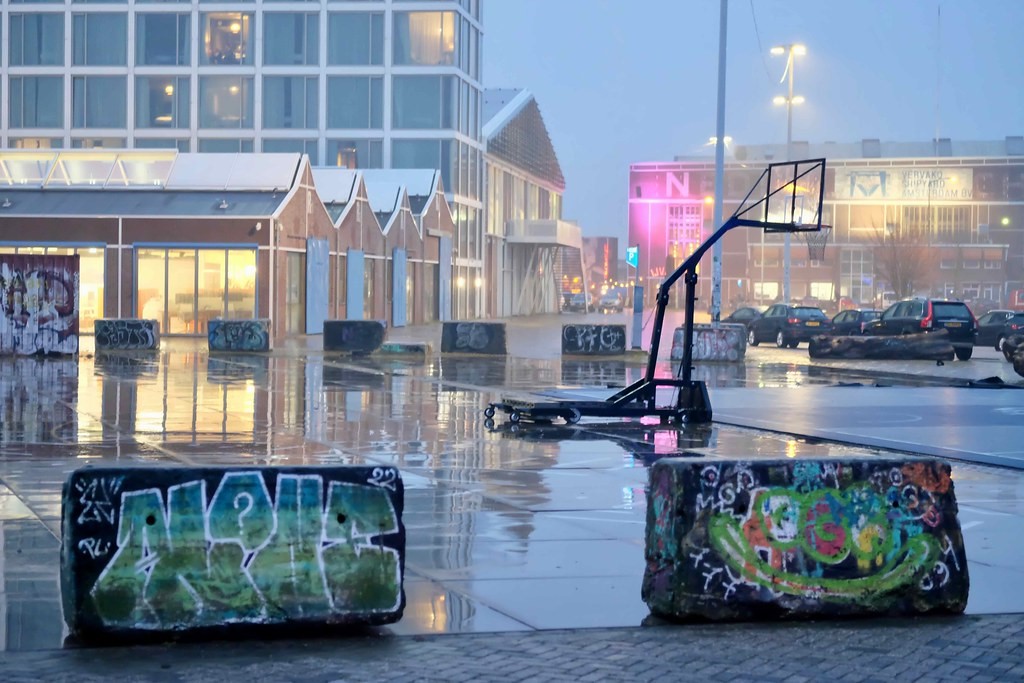
Vision: Fostering circularity for local makers and small-scale producers while integrating old industrial heritage into the urban renewal process through the establishment of affordable workshop spaces in a long term perspective.
Community Engagement: Multi-faceted approach which the following aims a)enhancing the visibility of the existing community of makers through events and exhibitions; b) liaising between makers and the local government by translating their needs and challenges into policy advocacy activities and raising public awareness; c) facilitate the opening of physical spaces for collaboration, networking and vocational training for the makers community; d) Constituting a formal alliance of the FCH actors through the manifesto publication.
Spatial Strategy: Distributed – the spatial strategy of the FCH aims at bringing together and leading the community of makers in the area of North Amsterdam, into a network for active learning and collaboration and for policy advocacy activities. The FCH activities rely on the use of physical spaces available by makers in the North Amsterdam community.
Read more here:
- https://centrinno.eu/cities/amsterdam/
- https://centrinno.eu/blog/launching-the-alliance-maakschap-amsterdam/
- https://centrinno.eu/blog/local-craftsmanship-transforming-area/
Copenhagen
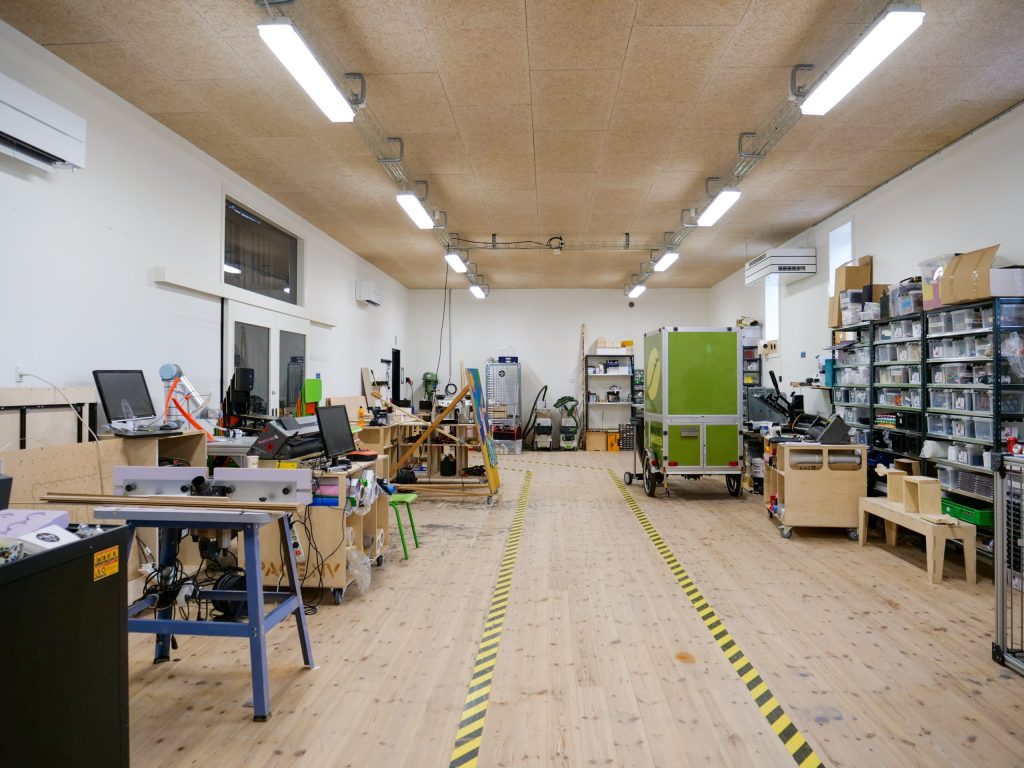
Vision: Strengthening the ecosystem of makers and small scale manufacturers in Copenhagen Northwest by establishing a structured community for the exchange of knowledge and resources and introduces a unified voice in the policy discourse so to make local actors more resilient within the undergoing urban development and gentrification process.
Community Engagement: Identification and engagement of stakeholders (makers and local manufacturing businesses) into a collaborative process for: a) mapping common interests and resources; b) co-design of joint activities and initiatives; c) applying for external sources of funding. The appointment of the local makers space as network coordinator ensures a space for the implementation of joint activities and the coordination of work and engagement, including beyond the project end.
Spatial Strategy: Distributed – the FCH started from the existing network of local entities (makers and small scale manufacturing businesses) in Copenhagen Northwest and continued by enlarging the network and co-designing joint activities to make the community more resilient and self-sustainable, thereby continuing to attract new makers.
Read more here:
- https://centrinno.eu/cities/copenhagen/
- https://centrinno.eu/blog/using-heritage-to-set-direction-copenhagen/
- https://centrinno.eu/blog/mapping-circular-businesses-copenhagen/
Zagreb
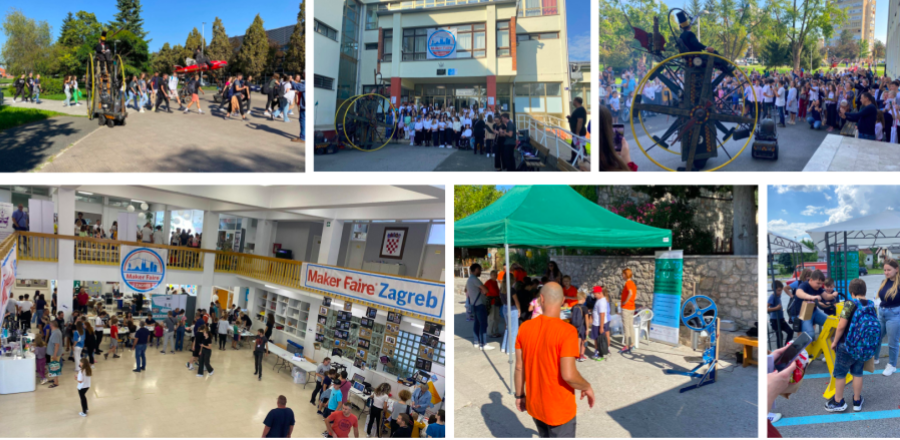
Vision: Establish a community-driven organisation which plays an important role in the urban regeneration process of former factories in the Sesvete area, and inspires similar action in other brownfields in Croatia.
Community Engagement: Consolidate an existing community around the makerspace and the Fab Lab and open their doors to attract new actors and engage with the local residents through vocational training activities, youth workshop trainings, events and maker fairs.
Spatial Strategy: Hybrid – the FCH spatial strategy evolved from the plan of a strictly centralised model to a distributed hub where actors of the local network engage in three physical spaces with distinguished roles (makerspace, fab lab and coworking space), while they all converge for common activities in a new comprehensive hub (to be opened soon).
Read more here:
- https://centrinno.eu/cities/zagreb/
- https://centrinno.eu/blog/circular-economy-of-sljeme-meat-factory-in-sesvete/
- https://centrinno.eu/blog/circular-economy-sesvete/
Blönduós
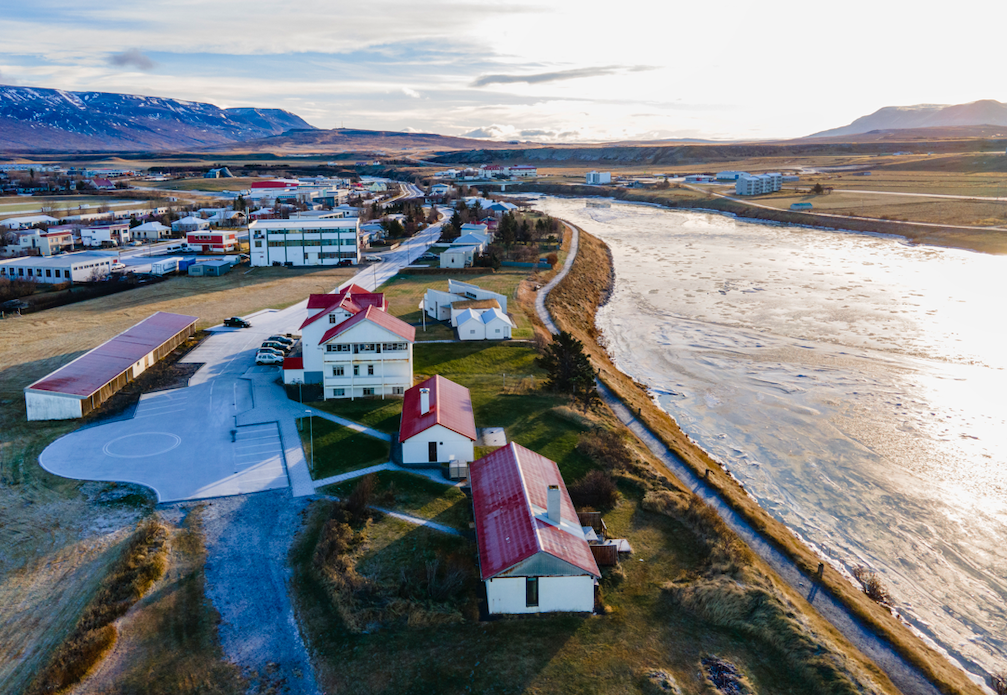
Vision: Develop the existing Textile Center in Blönduós into a textile hub and makerspace for allowing research, innovation and a wider experimentation towards circular economy by combining equipment, textile innovation knowledge and local resources.
Community Engagement: The FCH in Blönduós targeted the entire textile community of the country and invited these actors to join the research and innovation process by actively using the Textile Lab at the pilot site. Moreover, the FCH is also addressed to the local community in Blönduós and surroundings (residents and local administration) by engaging with them in vocational training courses, in co-planning workshops or through outreach activities such as guided site visits, public events, open days, and exhibitions.
Spatial Strategy: Hybrid – The spatial strategy is pivoted around the main physical site of the FCH in Blönduós which attracts people and knowledge into his labs. However, the catalyser effect of the main site, led to the attraction of a distributed network of makers and producers – the Textile Cluster – which actively engaged in the innovation process and is now an integral part of the FCH.
Read more here:
- https://centrinno.eu/cities/blonduos/
- https://centrinno.eu/blog/textile-entrepreneurs-program/
- https://centrinno.eu/blog/weaving-circular-wool-economy/
Geneva
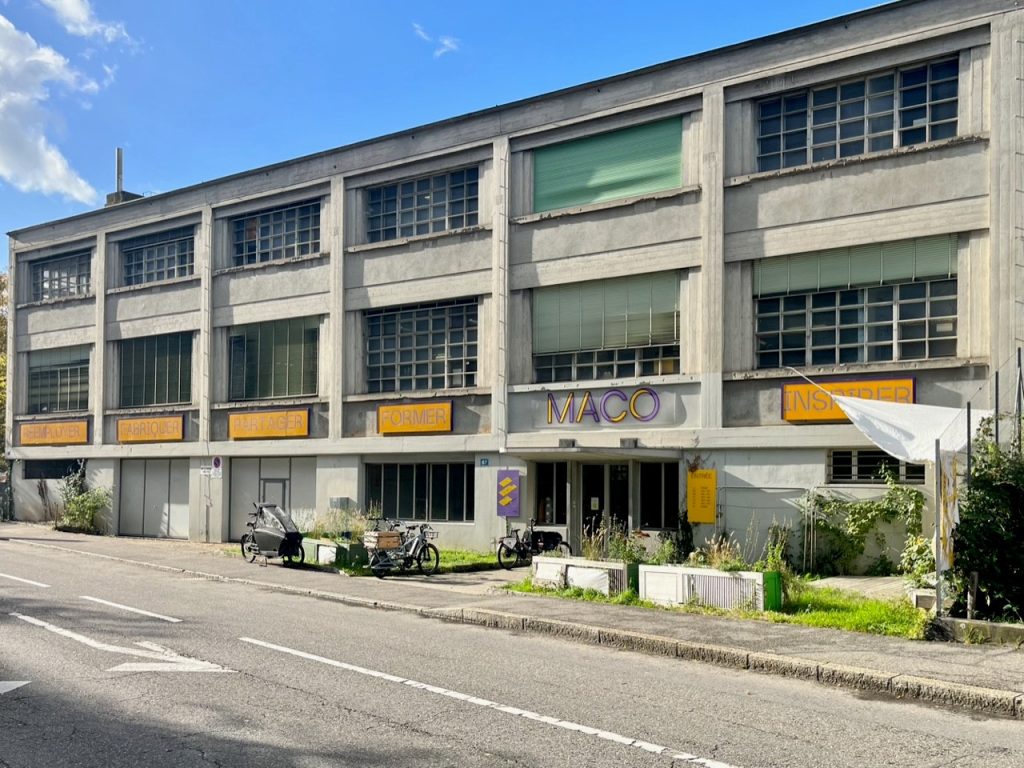
Vision: Foster the sharing of knowledge and technology for a more rational use of material throughout its life cycle while inspiring and training the empowerment of the local community towards circular models for production and consumption in the city.
Re-use, Produce, Share, train and Inspire
Community Engagement: The engagement of the local community started from dissemination activities directed at reconnecting an existing network makers and producers around circularity principles. Then, the community was strengthened though the organisation of workshops, targeted thematic events connecting heritage and circular production, and vocational training courses. Finally, the community was enriched through the constitution of partnerships between actors and makers active in Geneva.
Spatial Strategy: Hybrid – the main site of the Geneva FCH plays the role of broker between the municipality (formal owner of the physical space), the craftsmen and the local community. As such, the FCH is a place not only for training, learning and prototyping, but also for experimenting suitable shared governance arrangements that are suitable for circular production.
Read more here:
- https://centrinno.eu/cities/geneva/
- https://centrinno.eu/blog/skills-geneva-centrinno-schools/
- https://centrinno.eu/blog/circular-hub-zic-site/
Tallinn
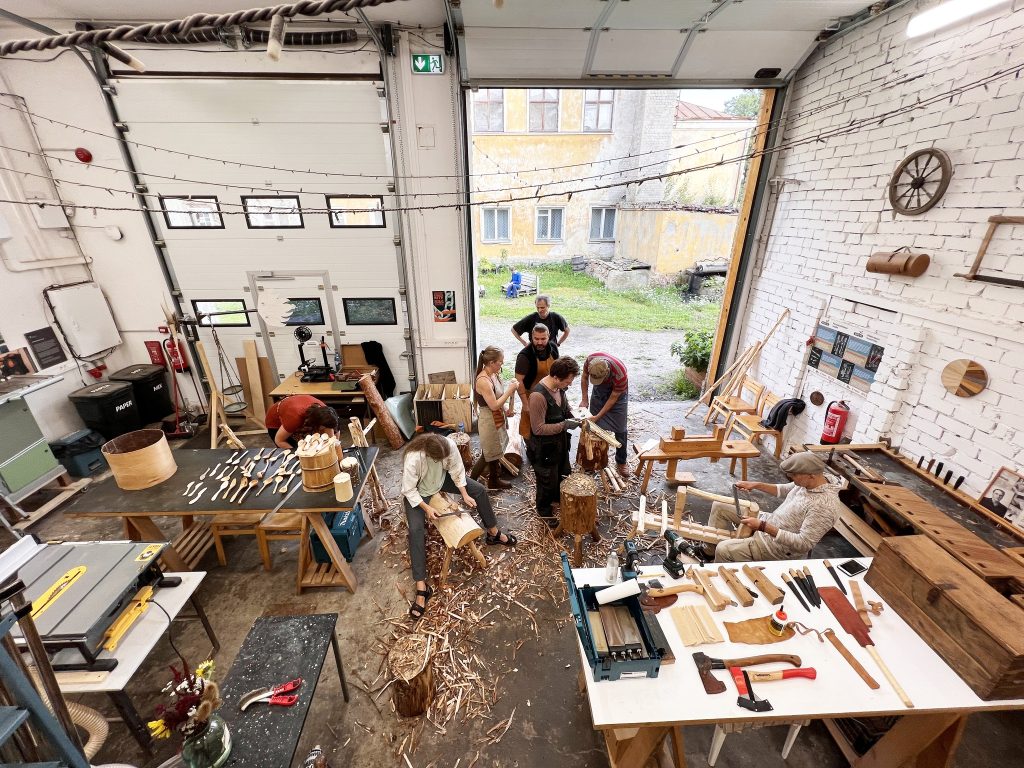
Vision: Valorise and upgrade traditional craftmanship skills by opening a new physical space where the community comes together to experiment towards circular production while empowering the resilience and long term self-sufficiency of local makers.
Community Engagement: The community engagement followed a step-by-step approach to build and consolidate the community gradually: a) rebranding and dissemination of the physical space from old industrial abandoned heritage to community centre; b) first engagement initiatives with the opening of a community garden and apiary; c) built and prepared the makerspace as a co-creation process with the local community; d) opening of the first community makerspace of Tallinn with free open access and dedicated staff. This successful journey has been followed up by a communication campaign reaching out to a nation wide audience.
Spatial Strategy: Centralised – the FCH welcomes makers and the local community in the dedicated space of Kopli 93. The FCH acts as a community centre where all activities, training programmes, experimentation, and events have their own time and space. The centralised nature of the hub contributes to making the network stronger and more diverse, thereby favouring an incremental process of knowledge and skill sharing.
Read more here:
- https://centrinno.eu/cities/tallinn/
- https://centrinno.eu/blog/building-bottom-up-community-circularity/
- https://centrinno.eu/blog/impact-influence-tallinn/
Closing remarks
The specificity and the diversity in the application of pilot city experiences witness that there is no one size fits all approach to the implementation of Fab City Hubs. Their vision and setup must rely on the local context, the resources and skills available which are founding pillars for each FCH implementation. The diversity and inclusivity of FCH processes also enables the flexibility needed to blend in or even drive wider urban regeneration processes.
FCHs give access to a common space of action and interaction for makers, craftsmen, small scale businesses and citizens. The high engagement of local communities in FCHs activities has proven essential to showcase their role for urban innovation and regeneration, thereby offering a vivid example to municipalities and private stakeholders to strengthen efforts towards unlocking more access to affordable space.
Fab City Hubs are able to unlock local potential and become hubs of a community-led transition that exalts heritage, fosters continuous learning and steers local communities towards circular ways of production and consumption. However, it is important to stress that FCH is not a monolithic concept, but it shall be intended as a toolbox, continuously updated by the learnings from local experiences. So far, this flexibility has brought richness of diverse applications both within the European context, but also beyond, showcasing radically different experiences of urban innovation across the globe.
CENTRINNO pilot experiences were able to prove the added value of Fab City Hubs and temporary experimentation to the local communities, the social milieu, the local economy and neighbourhood development processes. The next objective is to leverage these results and continue advocating for the sustainability of FCHs, thus becoming a stable actor in the urban development arena at city level. Consolidating the legacy of CENTRINNO is milestone to build upon and a stepping stone for fostering more urban innovation.
Useful links:































































































